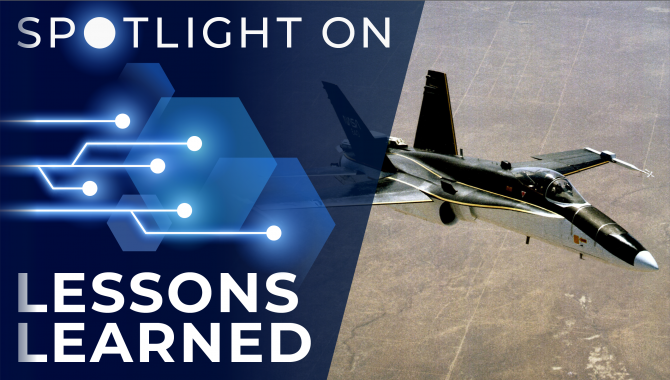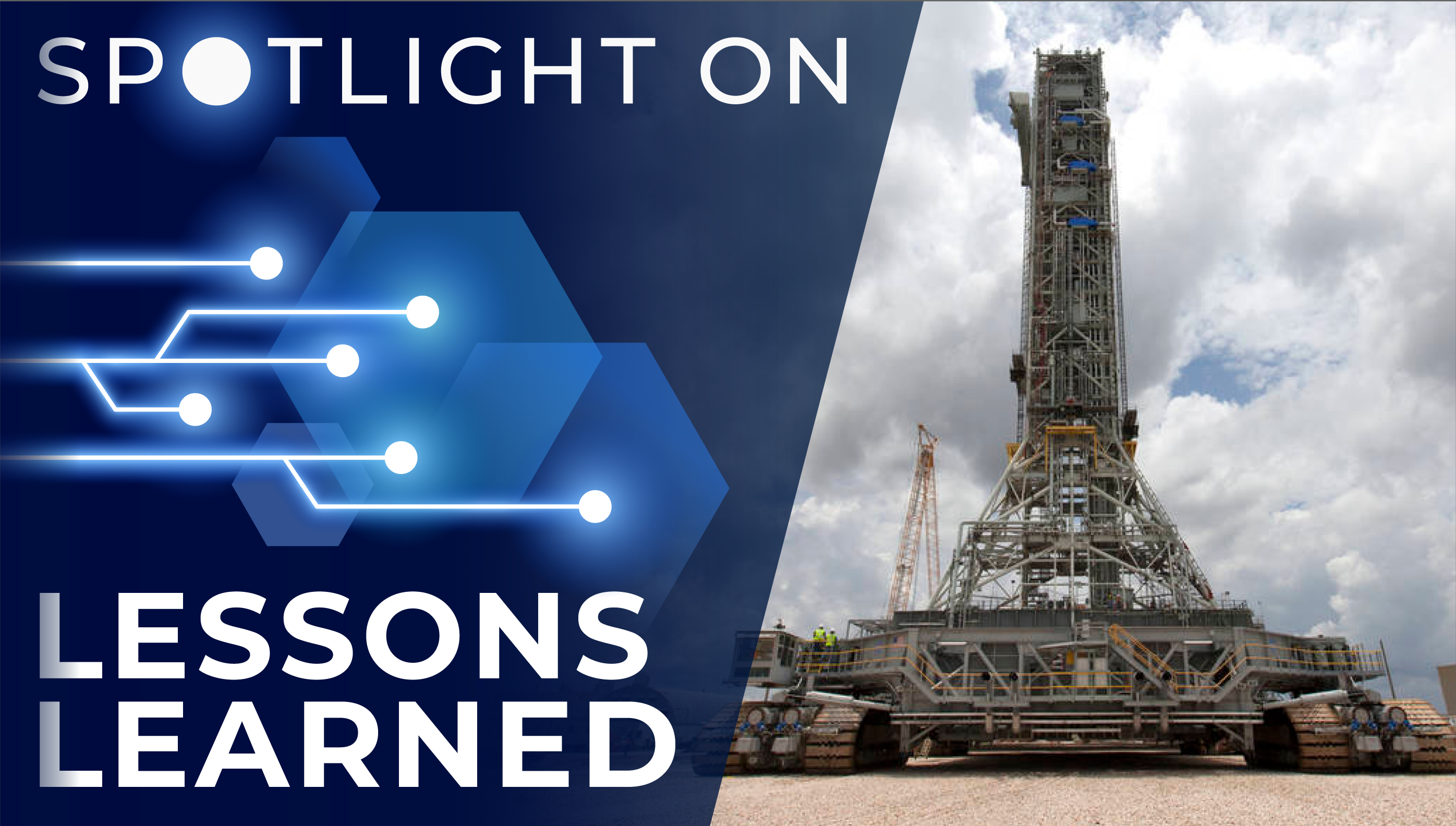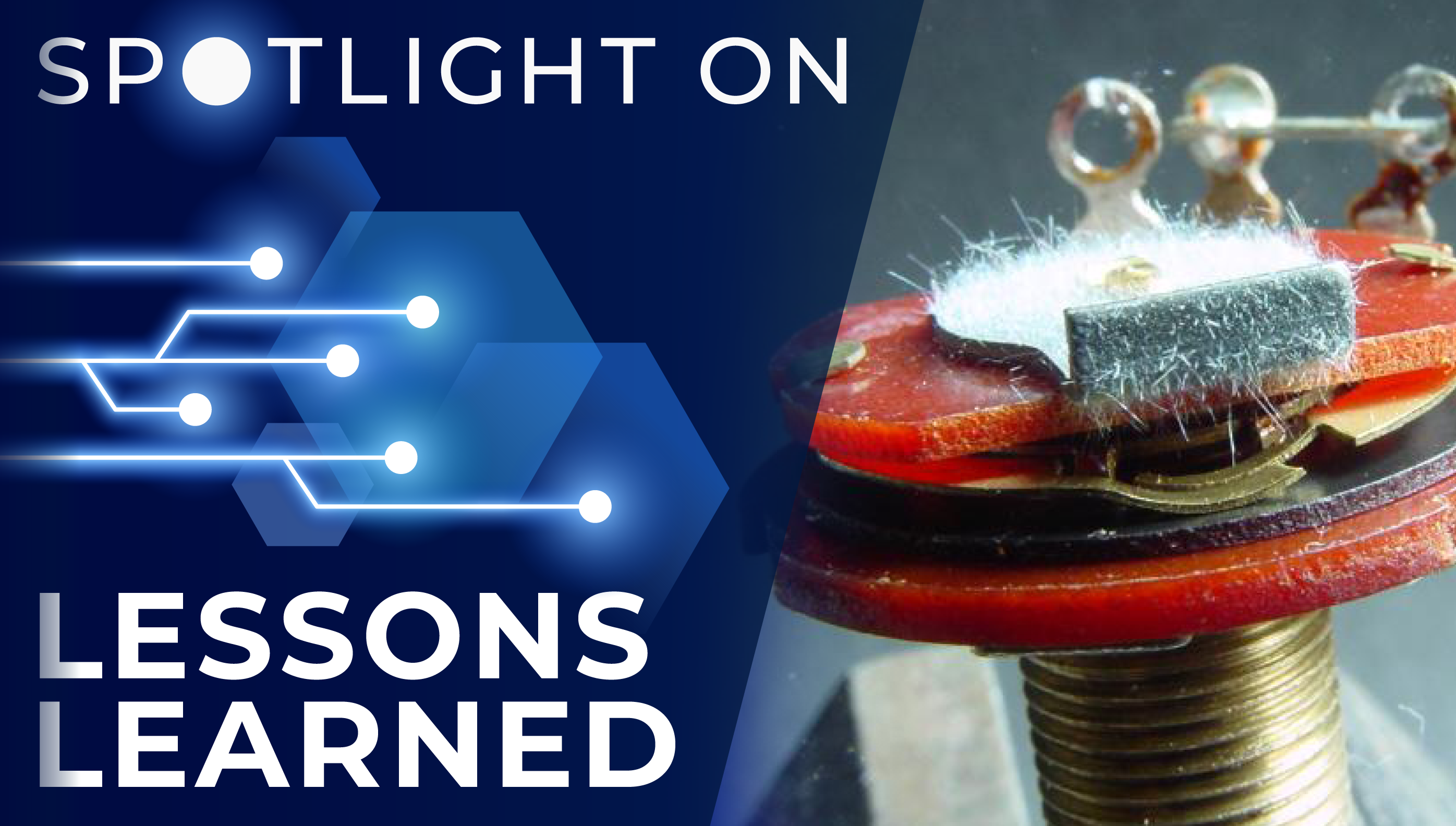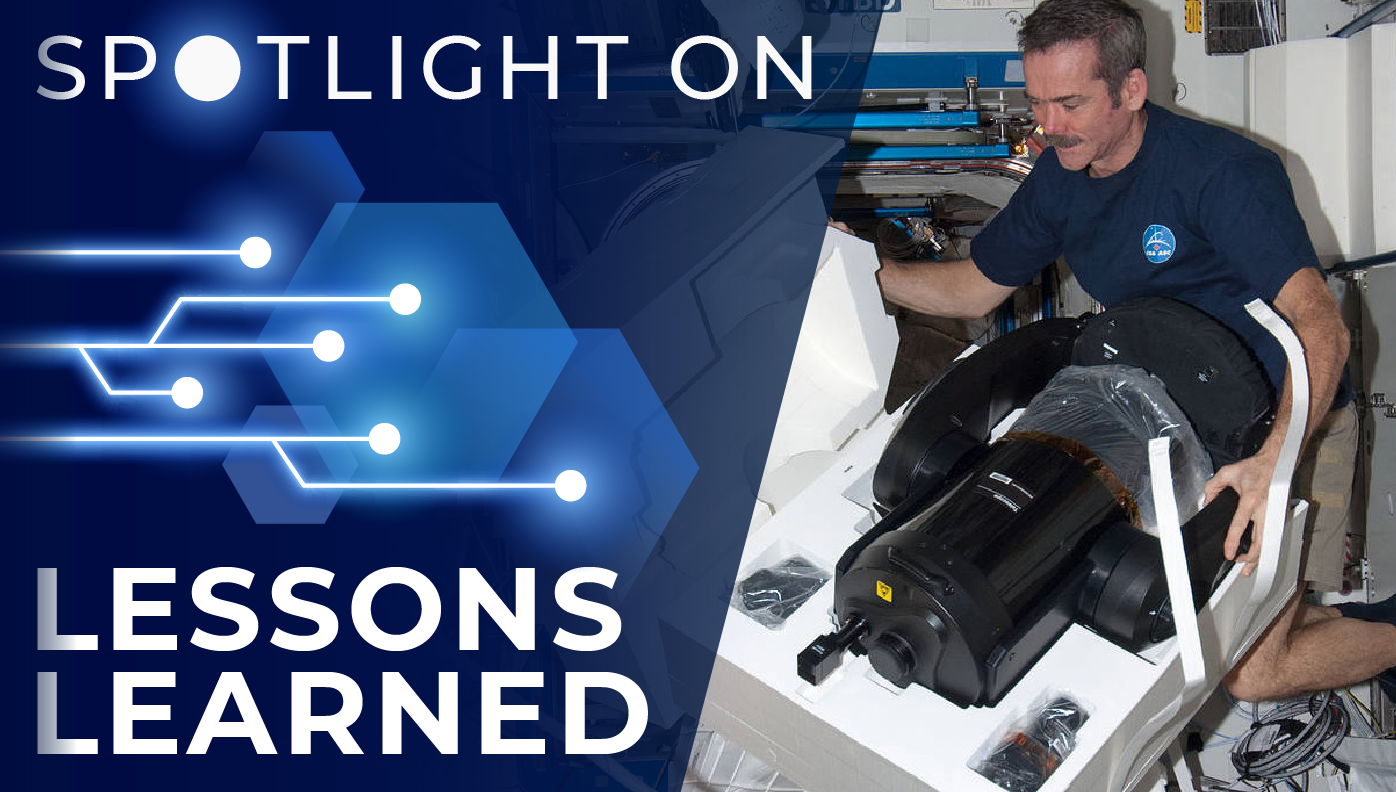
NASA’s High Alpha Technology Program used a highly modified F-18 airframe as its focal point and captured important lessons on improving high angle-of-attack capabilities.
During a three-phased flight research project lasting from 1987 until 1996, NASA’s Armstrong Flight Research Center used an F-18 Hornet fighter aircraft as its High Angle-of-Attack (Alpha) Research Vehicle (HARV) and completed 385 research flights. The project was part of a formal program NASA initiated in the mid 1980s to explore and understand aircraft flight at high angles of attack – an aeronautical term describing the angle of an aircraft’s body and wings relative to its actual flight path.
The F-18 HARV proved to be a useful research tool with many unique capabilities. The thrust vectoring system, reprogrammable mission computer and On-Board-Excitation-System, and a unique ability to rapidly reprogram flight controls allowed increased utility and versatility of the research conducted. Research and technology areas included aerodynamics, controls, handling qualities, structures, instrumentation, flight avionics systems and propulsion. New capabilities developed to enable the research sometimes achieved outstanding success and sometimes did not.
A significant asset to the execution of the program was use of an all-inclusive steering committee of all stakeholders, which meant all voices were heard and consensus was achieved even when unanimous decisions were not reachable.
Lesson Number: 1604
Lesson Date: November 14, 1994
Submitting Organization: Armstrong Flight Research Center
HIGHLIGHTS
LESSONS LEARNED
- Careful attention to programmatic and technical risk management was a valuable asset in every phase of the program. In particular, sensitivity to the aircraft systems was paramount.
- Ground and flight testing always uncovers deficiencies and contingencies that must be considered during planning. This is true in the integration phase, and also in the flight phase—particularly with one-of-a-kind research systems.
- The systems approach to the facilities, equipment and planning was insufficient despite having extensive systems engineering experience within the team, and requirements creep resulted in additional time, effort and energy to incorporate research that was not mature at the start of the design.
RECOMMENDATIONS
- Use of an all-inclusive steering committee.
- Use of a Class B envelope for Class B software (flight control laws).
Consult the lesson learned for complete lists.

Bradford Neal.
Photo Credit: NASA.
Armstrong Flight Research Center CKO Bradford Neal on the importance of this lesson learned:
Across all of its missions one of NASA’s most important contributions is the accomplishment of leading-edge research and technology development. Research and technology development may not be a program or project’s primary objective, but some aspect exists in each that the agency does. Establishing paths of communication and program expectations with all stakeholders is key to a project’s success. Good communication and well-established expectations can greatly mitigate and then assist in the overcoming of the inevitable disruptions that occur from the discovery and learning that are part of research and development efforts. They can also mitigate our often optimistic views of technology maturity and our abilities to develop multiple technologies in parallel on missions that have never been attempted before.
Spotlight on Lessons Learned is a monthly series of articles that feature a valuable lesson along with perspective from NASA’s knowledge management community on why the lesson is important. The full lessons are publicly available in NASA’s Lessons Learned Information System (LLIS).
If you have a favorite NASA lesson learned that belongs in the spotlight, please contact us and be sure to include the LLIS Lesson Number.









